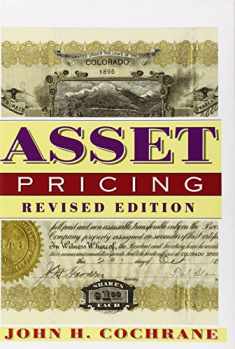
Continuous-Time Asset Pricing Theory: A Martingale-Based Approach (Springer Finance)
Book details
Summary
Description
Yielding new insights into important market phenomena like asset price bubbles and trading constraints, this is the first textbook to present asset pricing theory using the martingale approach (and all of its extensions). Since the 1970s asset pricing theory has been studied, refined, and extended, and many different approaches can be used to present this material. Existing PhD–level books on this topic are aimed at either economics and business school students or mathematics students. While the first mostly ignore much of the research done in mathematical finance, the second emphasizes mathematical finance but does not focus on the topics of most relevance to economics and business school students. These topics are derivatives pricing and hedging (the Black–Scholes–Merton, the Heath–Jarrow–Morton, and the reduced-form credit risk models), multiple-factor models, characterizing systematic risk, portfolio optimization, market efficiency, and equilibrium (capital asset and consumption) pricing models. This book fills this gap, presenting the relevant topics from mathematical finance, but aimed at Economics and Business School students with strong mathematical backgrounds.


We would LOVE it if you could help us and other readers by reviewing the book
Book review




